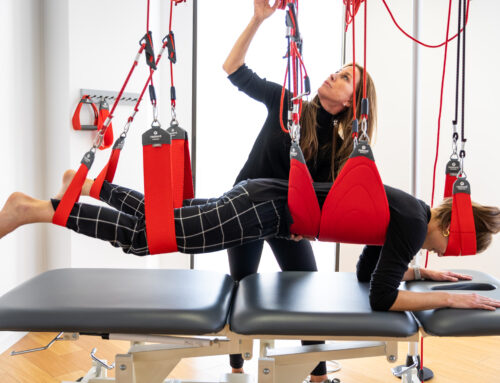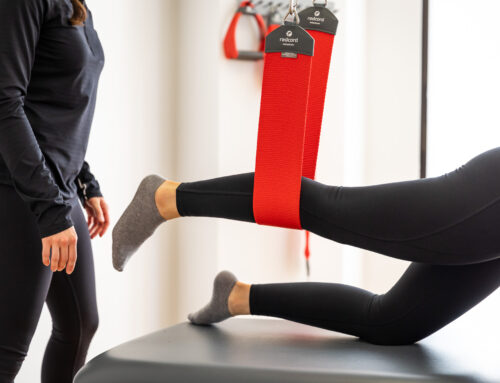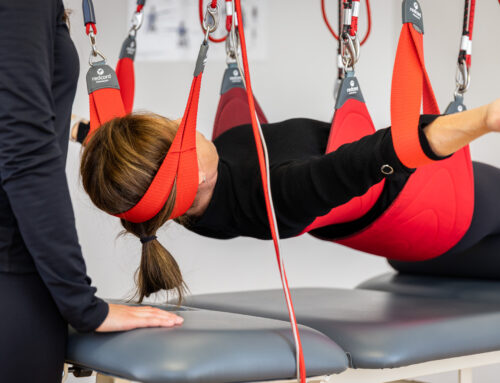Objective: The aim of this study was to compare sling exercise group to McKenzie exercise group in patients with chronic neck pain.
Design: Two group pretest-posttest design.
Methods: Twenty subjects who have chronic neck pain were randomly divided into sling exercise group (n=10) and McKenzie exercise (n=10). Sling exercise group (n=10) received sling exercise for 30 minutes per day, twice a week over a 4 week period. And the other group were exercised McKenzie exercise (n=8) for 30 minutes per day, twice a week over a 4 week period. Neck disability index (NDI), Visual analog scale (VAS), algometer, digital manual muscle tester (MMT) and cervical muscle strength and cervical range of motion (ROM) are closely measured to identify the effect of sling exercise and McKenzie exercise.
Results: For NDI, VAS, algometer on both trapezius, both rotation of cervical muscle strength, both lateral flexion of cervical muscle strength, cervical extension of ROM and both lateral flexion of ROM were significantly increased after intervention in sling exercise group (p<0.05), For VAS, algometer on both trapezius, left (Lt.) rotation of cervical muscle strength, Lt. lateral flexion of cervical muscle strength, cervical flexion and extension of ROM and Lt. lateral flexion of ROM were significantly increased after than before intervention in McKenzie exercise group (p<0.05).
Conclusions: These study outcomes clearly support the notion that sling and McKenzie exercise improved pain, Muscle strength and ROM of patients with chronic neck pain. These results suggest that sling and McKenzie exercise program is suitable for chronic neck pain.
Key Words: Exercise, Muscle strength, Neck pain, Range of Motion





